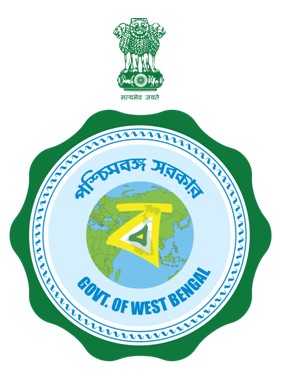|
About
The National Service Scheme (NSS) is an Indiangovernment-sponsored
public service program conducted by the Ministry of Youth Affairs and
Sports of the Government of India. Popularly known as NSS, the scheme
was launched in Gandhiji's Centenary year in 1969. In May 1969, a
conference of student representatives (of universities and institutions
of higher education) convened by the Ministry of Education and the
University Grants Commission also unanimously agreed that a
national-service scheme could be an instrument for national integration.
The scheme has been extended to all states and universities in the
country, andalso +2 level institutes in many states.
Symbol
 The
symbol for the NSS has been based on the giant Rath Wheel of the
world-famous Konark Sun Temple (The Black Pagoda) situated in Odisha,
India. It signifies the movement in life across time and space, the
symbol thus stands for continuity as well as change and implies the
continuous striving of NSS for social change. The eight bars in the
wheel represents 24 hours of a day. The red colour indicates that the
volunteer is full of young blood that is lively, active, energetic and
full of high spirit. The navy blue colour indicates the cosmos of which
the NSS is tiny part, ready to contribute its share for the welfare of
the mankind. It stands for continuity as well as change and implies the
continuous striving of NSS. The
symbol for the NSS has been based on the giant Rath Wheel of the
world-famous Konark Sun Temple (The Black Pagoda) situated in Odisha,
India. It signifies the movement in life across time and space, the
symbol thus stands for continuity as well as change and implies the
continuous striving of NSS for social change. The eight bars in the
wheel represents 24 hours of a day. The red colour indicates that the
volunteer is full of young blood that is lively, active, energetic and
full of high spirit. The navy blue colour indicates the cosmos of which
the NSS is tiny part, ready to contribute its share for the welfare of
the mankind. It stands for continuity as well as change and implies the
continuous striving of NSS.
Objective
The objective
of the programme is to propagate the idea of social welfare in students,
and to provide service to society without bias. NSS volunteers work to
ensure that everyone who is needy gets help to enhance their standard of
living and lead a life of dignity. In doing so, volunteers learn from
people in villages how to lead a good life despite a scarcity of
resources. It also provides help in natural and man-made disasters by
providing food, clothing and first aid to the disaster's victims.
|

